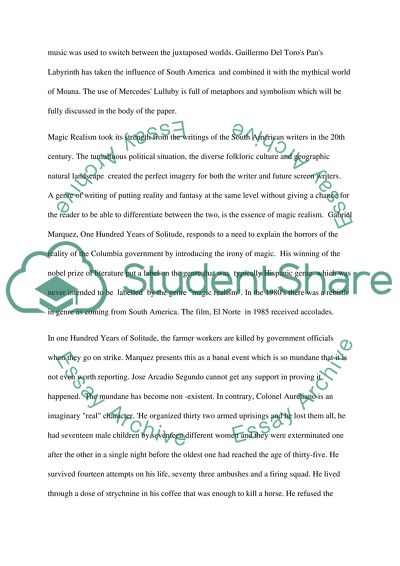Cite this document
(“The music of Pan's Labyrinth: Conveying emotion in the realm of Research Paper”, n.d.)
Retrieved from https://studentshare.org/music/1416859-the-music-of-pan-s-labyrinth-conveying-emotion-in
Retrieved from https://studentshare.org/music/1416859-the-music-of-pan-s-labyrinth-conveying-emotion-in
(The Music of Pan'S Labyrinth: Conveying Emotion in the Realm of Research Paper)
https://studentshare.org/music/1416859-the-music-of-pan-s-labyrinth-conveying-emotion-in.
https://studentshare.org/music/1416859-the-music-of-pan-s-labyrinth-conveying-emotion-in.
“The Music of Pan'S Labyrinth: Conveying Emotion in the Realm of Research Paper”, n.d. https://studentshare.org/music/1416859-the-music-of-pan-s-labyrinth-conveying-emotion-in.


